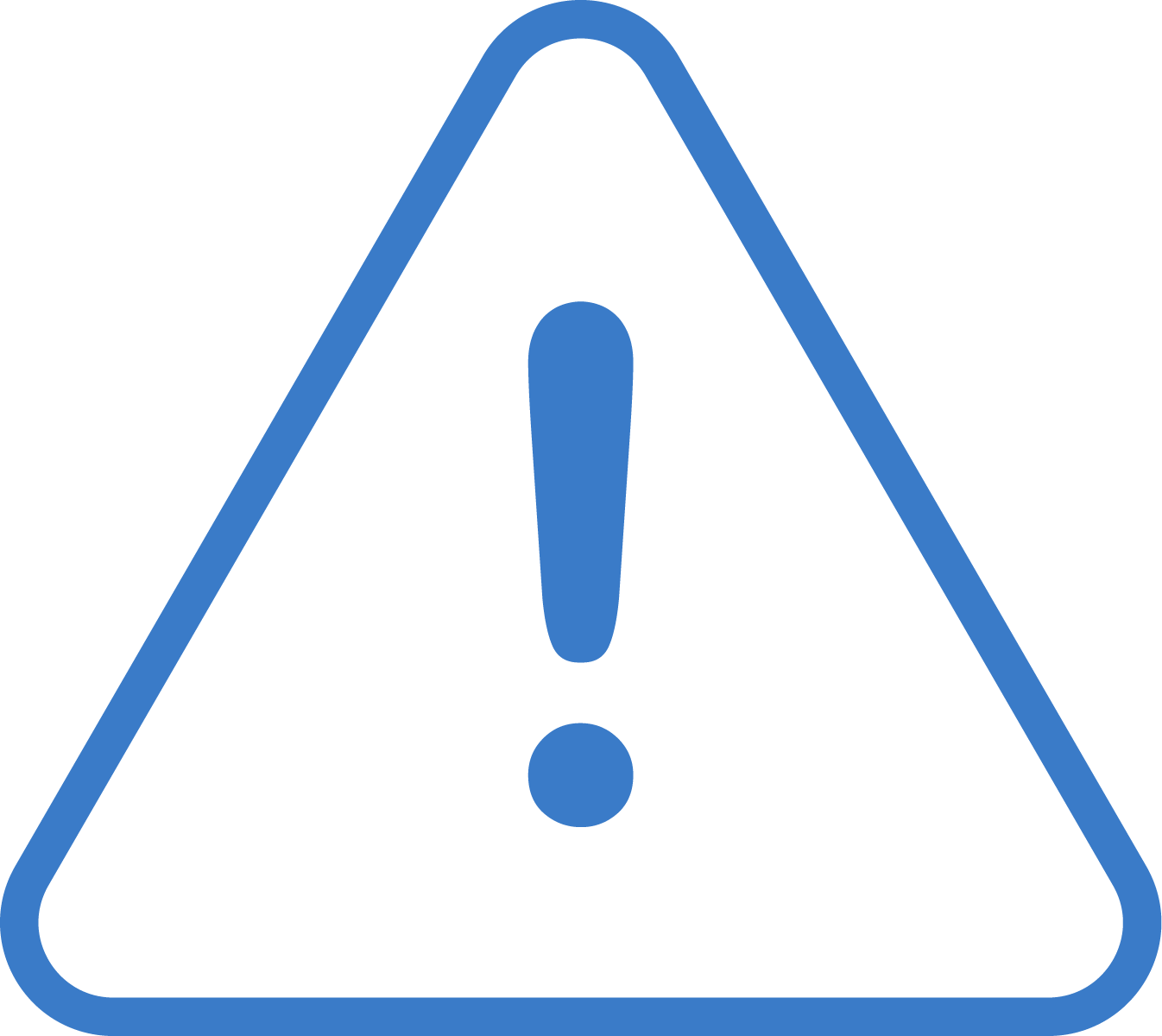Subscribe for Updates (KnE Clues)
"*" indicates required fields
How to choose the right journal

Imagine spending years dedicated to your research, analysing data, and crafting your findings into something groundbreaking. You would be looking forward to being seen, discussed, and cited by peers across the globe. Publishing in a high-impact journal will improve your chances of being recognised and cited.

KNE CLUE: HOW TO FIND OPPORTUNITIES FOR SUBMISSIONS
To ensure that you submit your work to a journal that is most appropriate for your research, it is crucial to find relevant opportunities to contribute your work to journals in your field. Several avenues are available to help you identify where to submit your manuscript.


KNE CLUE: HOW TO CHOOSE A JOURNAL
As you search for journals to submit to, you will discover that there are thousands of journals, each with different scopes and requirements. The wrong selection might lead to your research not being read or cited – rendering your work pointless. You need to be able to weed through them to find the one that is right for you. There are several factors you should consider.

Sustainability
Ensuring that your research fits within the journal’s scope increases the likelihood of it being considered for publication. Also, look into how often the journal publishes. A journal that frequently publishes research in your area of study is more likely to be interested in your work.

Readership
Ask yourself whether scholars in your field regularly read this journal. Targeting a journal with a readership that includes your peers ensures that your article reaches those who are most likely to engage with and cite your work.

Time Constraints
Publishing timelines can vary significantly between journals. Evaluate whether the journal’s turnaround times align with your institution’s publishing requirements, especially if you are working under specific deadlines for graduation, funding, or career advancement.

Impact Factors
A journal with a high impact factor or inclusion in respected databases may be more favourable, as it can increase the visibility and credibility of your research within the academic community, particularly if your institution has specific criteria regarding where you should publish.

Cost
Some journals charge publication fees, which can be significant. Make sure that you can afford the publication costs, especially if you are responsible for covering these expenses. It’s also worth investigating whether the journal offers waivers or discounts.

BUT BEWARE!
Predatory journals, driven by profit rather than genuine scholarship, exploit the pressure on researchers to publish. To protect your research and your career, it’s crucial to carefully evaluate journals before submitting your work. Always verify the journal’s legitimacy and consult resources like the Directory of Open Access Journals (DOAJ) or the Committee on Publication Ethics (COPE). A few signs of a predatory journals are:

Lack of Peer Review: Predatory journals often skip the crucial peer review process or offer only a superficial review.

Exorbitant Fees: They tend to charge high publication fees, sometimes hidden until your paper is accepted.

False Claims About Indexing and Impact Factors: Predatory journals often claim to be indexed in reputable databases or to have high impact factors, but these claims are usually fabricated.
By carefully evaluating these factors, you can make an informed decision about where to submit your research. This will increase your chances of successful publication while ensuring that your work is well-positioned to make an impact in your field. Don’t forget that your work will first be evaluated by a peer reviewer, so it is important to prepare your manuscript with their perspective in mind. Put yourself in the shoes of the reviewer; what would you like to see in a paper? As your peer, they will be searching for similar things.